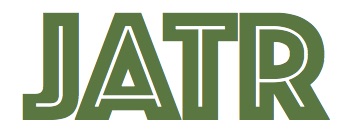Reinforcement Learning-based Curriculum Learning Design and Experiment of Grid Sortation System in Smart Factory
Journal of Advanced Technology Research,
Vol. 4, No. 2, pp. 6-15,
Dec.
2019
 10.11111/JATR.2019.4.2.006,
Full Text:
10.11111/JATR.2019.4.2.006,
Full Text:

Keywords: Reinforcement Learning, Curriculum Learning, Smart Factory, Grid Sortation System
Abstract
Statistics
Cite this article
Keywords: Reinforcement Learning, Curriculum Learning, Smart Factory, Grid Sortation System
Abstract
Statistics
Cite this article
[IEEE Style]
H. Choi, G. Hwang, H. Lim, J. Kim, Y. Han, "Reinforcement Learning-based Curriculum Learning Design and Experiment of Grid Sortation System in Smart Factory," Journal of Advanced Technology Research, vol. 4, no. 2, pp. 6-15, 2019. DOI: 10.11111/JATR.2019.4.2.006.
[ACM Style]
Ho-Bin Choi, Gyu-Young Hwang, Hyun-Kyo Lim, Ju-Bong Kim, and Youn-Hee Han. 2019. Reinforcement Learning-based Curriculum Learning Design and Experiment of Grid Sortation System in Smart Factory. Journal of Advanced Technology Research, 4, 2, (2019), 6-15. DOI: 10.11111/JATR.2019.4.2.006.


